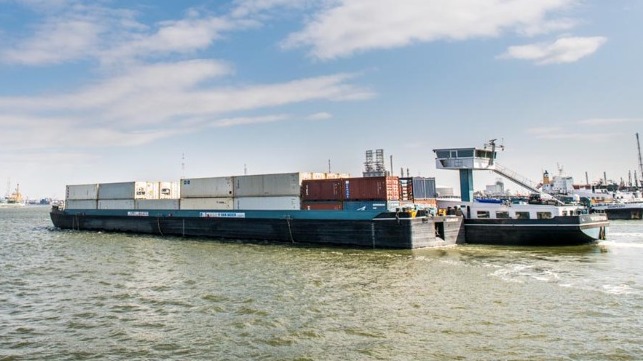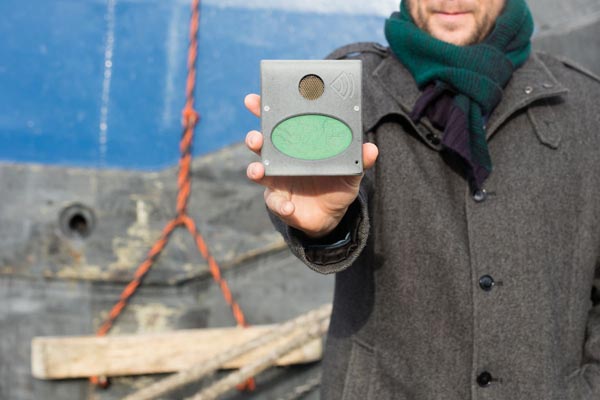Autonomous Shipping Research Using 3D Sonar at Port of Antwerp

The Port of Antwerp is working with UAntwerp on research into autonomous shipping, but unlike other projects, their focus is on the critical but less high-profile segment of inland shipping. Inspired by the way bats see the world, the project is using 3D sonar sensors to develop automated navigation technology. Like the mammals, they are using a form of echolocation technology where they emit sound waves, and when those waves hit objects they produce echoes that the mammals use to avoid obstacles.
“In 2019, over 42 percent of all goods entered or left the port of Antwerp via inland waterways,” says port alderman Annick De Ridder. “In other words, inland shipping is crucial if we want to ensure the accessibility of our city and our port. By focusing on technology such as unmanned navigation, we want to further increase both the market share and the competitiveness of inland shipping.”
Svetlana Samsonova who coordinates joint research projects carried out by the University of Antwerp and the Port of Antwerp notes, “Unfortunately, inland shipping is not exactly a sexy sector. Attracting young talent to this sector is not an easy feat. That's why we focus so strongly on innovation. Unmanned vessels can lead to substantial cost savings, as well as provide an answer to our increasing traffic congestion problems and the rising costs of road transport. Smart vessels definitely have a part to play in the multimodal transport approach that the Port of Antwerp wants to help develop further.”

3D sonar sensor - photo courtesy of UAntwerpen
For the project with the Port of Antwerp, the researchers developed a 3D sonar sensor with 32 sophisticated waterproof microphones. This technology was successfully tested on the Tuimelaar, one of the Port of Antwerp's test vessels in the last weeks of 2020 demonstrating the potential to overcome critical hurdles to achieving autonomous navigation.
“In order to achieve fully autonomous navigation, constant monitoring of the ship's surroundings is absolutely crucial,” explains Prof. Jan Steckel who working at CoSys-Lab, a research group in UAntwerp's Faculty of Applied Engineering, develops advanced sensor systems that can withstand harsh conditions. “Cameras can be used, of course, but when visibility is poor – due to dust, water sprays, mud, smoke, or fog – they don't work properly.”
Sonar sensors, however, remain fully functional under such circumstances. They can provide a reliable picture of the ship's surroundings at a low cost. The information is transmitted in real-time, to prevent delays that could cause the ship to crash.
In 2021, the team will embark on a follow-up project to the recent test. As part of the Smart Docking Innovation Challenge, the Port of Antwerp has approved 3D Sonar and Lidar for Vessel Monitoring project also to be led by Prof. Jan Steckel.
